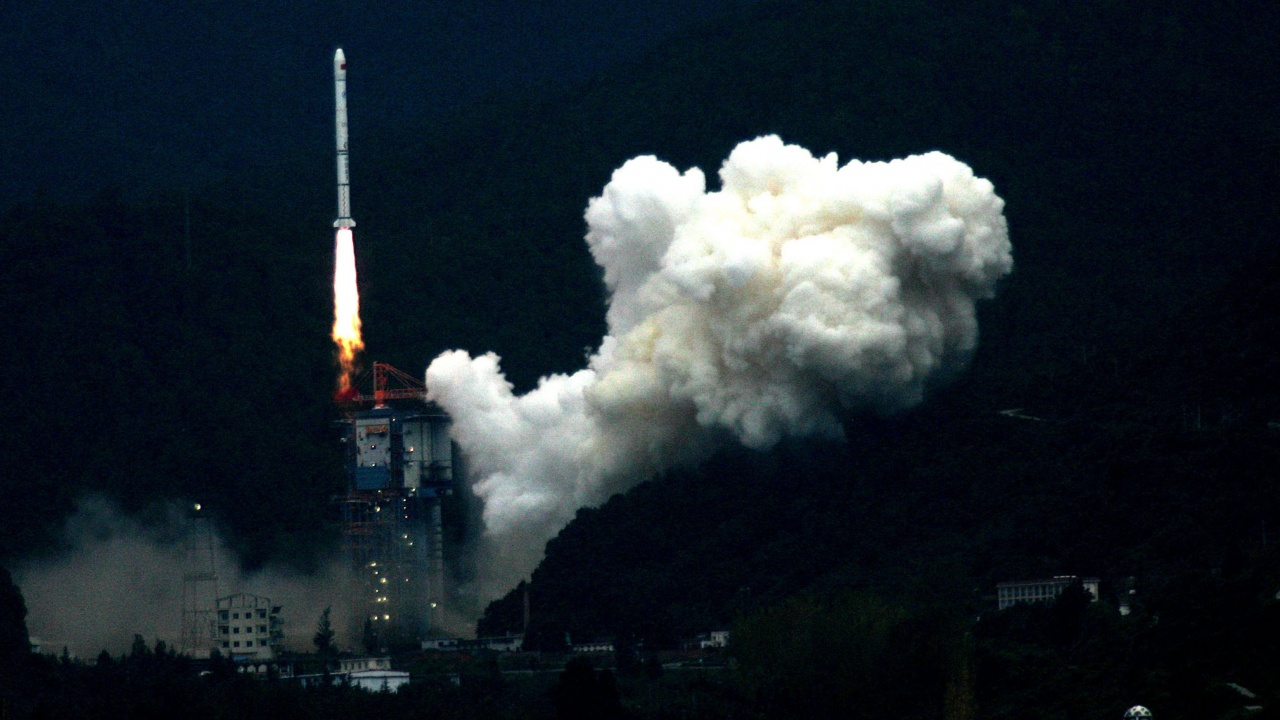In 2023, Russia, India and the European Space Agency plan to launch missions to the moon, as well as into further space, the BBC reported.
This will happen after NASA's Artemis 1 program was launched last year.
Within it, an unmanned flight around the moon was carried out with the space capsule "Orion" designed to return people to the surface of the natural satellite of the Earth.
India plans to launch the Chandrayaan-3 mission in June 2023, which includes a lander and a rover to explore the lunar surface.
The country first reached Earth's natural satellite in 2008 when it launched Chandrayaan-1.
Russia is preparing the launch of the Luna 25 mission for July 2023, with the aim of taking samples from the southern polar region.
Entrepreneur Elon Musk's American company SpaceX is preparing to send Japanese billionaire Yusaku Maezawa and eight other people on a journey around the moon in late 2023. This will be the first mission of the Starship spacecraft, which has the capacity to transports up to a hundred people.
NASA plans to launch its next mission - "Artemis 2" ("Artemis 2") to the Moon in 2024. It is planned that astronauts will go to the natural satellite of the Earth, but without landing on it.
The goal of the program's third mission, which is planned for 2025 or 2026, is to land the first woman and the first person of color on the moon.
Three for luck: NASA with another attempt to launch the megarocket
It will be the first time humans have set foot on the lunar surface since NASA's last Apollo mission in 1972. The US space agency said it would use SpaceX's Starship spacecraft for the mission.
China has announced plans with Russia to establish a joint base on the moon by 2035, but no timetable has yet been drawn up.
The goal of space powers such as the US, Russia and China is to make bases there where astronauts can live, explains Dr. Jonathan McDowell, an astronomer at the Harvard-Smithsonian Center for Astrophysics in the US.
"The moon will be used as a springboard to places like Mars," he adds.
"It's a great place to test technologies for deep space."
It also takes less fuel to launch a spacecraft from the Moon than from Earth for deep space travel, says Dr Lucinda King, head of space projects at the University of Portsmouth.
She adds that a fuel source has been discovered on the moon.
"It is known that there is water at the south pole of the Moon," says Dr. King.
"It can be split into hydrogen and oxygen to be used to refuel ships for trips to Mars and beyond."
"This is one of the reasons for the rush to return to the Moon - to claim the water there."
NASA will launch its Psyche spacecraft in the summer of 2023 to study an asteroid believed to be the remnant of a planet formed in the earliest period of the solar system.
The European Space Agency (ESA), an organization supported by 22 European countries, plans to launch its Jupiter Icy Moon Explorer (JUICE) in April 2023. It will search for signs of life in ice, to which is believed to lie beneath the surface of three of Jupiter's moons - Ganymede, Callisto and Europa.
In protest against Russia's invasion of Ukraine, EKA will not rely on a Russian rocket to launch its Euclid space telescope into orbit, but will instead use SpaceX's Falcon 9.
ESA has also suspended cooperation with Russia on its ExoMars mission to send a rover to the Red Planet, which has been delayed until 2028, BTA notes.
China plans to launch the Xuntian telescope into low-Earth orbit in December 2023 . to map distant stars and black holes.
The country has already sent probes to the moon and Mars, and is also building a space research station called Tiangong, the BBC notes.
the moon
Cosmos
space mission
